-
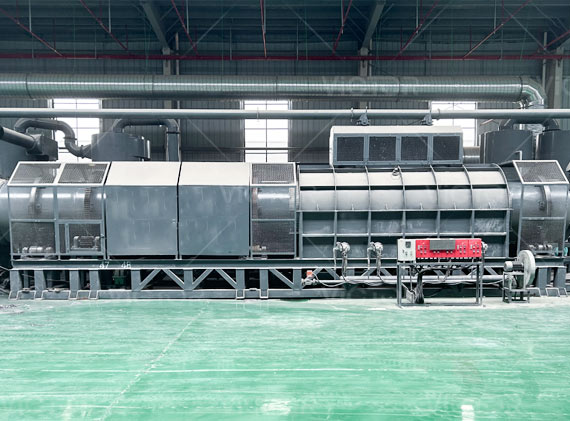 Posted: 2025-02-18
Posted: 2025-02-18
The new environmentally friendly wood charcoal carbonisation furnace can be used for multiple purposes. It can be used to carbonise wood, logs, fruit wood, straw and other biomass. The whole process is smoke-free and pollution-free.
-
 Posted: 2025-02-11
Posted: 2025-02-11
I believe that those who have some knowledge about the charcoal furnace. Indirect furnace and continuous carbonisation furnace will also have some understanding. Today specifically analyse the difference between the two…
-
 Posted: 2025-02-09
Posted: 2025-02-09
Coconut shell activated carbon is commonly used as an adsorbent and catalyst carrier. It is usually obtained by carbonisation pyrolysis process using coconut shells. The profit thus obtained is very objective. Coconut shell carbonisation furnace came into being.
-
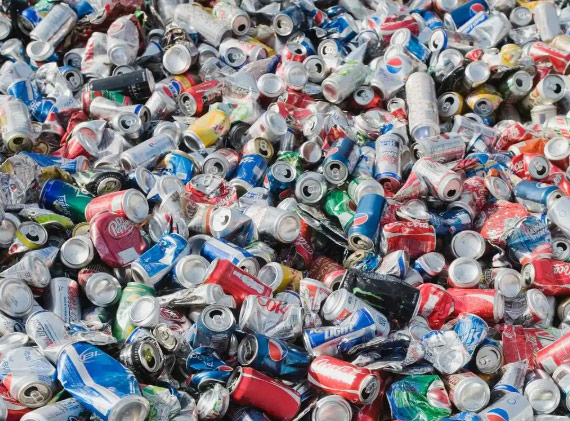 Posted: 2025-02-09
Posted: 2025-02-09
The paint is removed from the surface of the cans and pure aluminium metal is recovered. The pyrolysed aluminium can be sold at a very good price. Therefore, many scrap yard owners are thinking about how to remove paint from can shells?
-
 Posted: 2025-02-08
Posted: 2025-02-08
However, the charring time is long and the production efficiency is low. It can not be operated continuously. At present, the new carbonisation process adopts continuous biomass carbonisation furnace.
-
 Posted: 2025-02-06
Posted: 2025-02-06
In the previous article. I believe you have a certain understanding of the carbonisation furnace. It has a wide range of applications in the field of biomass energy industry. Therefore the design of the carbonisation furnace involves many factors and links.
-
 Posted: 2025-02-06
Posted: 2025-02-06
Carbonisation furnace is improved to mechanism furnace according to the working principle of earth kiln. Compared with the traditional kiln is more advanced, environmental protection, energy saving and so on.
-
 Posted: 2025-01-20
Posted: 2025-01-20
Carbonisation furnace to make carbon can be wood and other raw materials for high temperature pyrolysis of organic matter. The moisture in it will be volatilised, and the organic matter of the raw material will be decomposed by high heat…
-
 Posted: 2025-01-20
Posted: 2025-01-20
Carbonisation and charred wood can also be called heat treatment, pyrolysis, etc. Usually high quality log material is selected to use the carbonisation furnace and undergo pyrolysis treatment at a high temperature of 400°C~600°C. Thus, the finished carbon is obtained.
-
 Posted: 2025-01-19
Posted: 2025-01-19
Continuous Carbonisation Furnace is a continuous carbonisation device that can carbonise biomass raw materials into carbon briquettes at high temperature in industry. It does not need any auxiliary facilities. Continuous carbonisation furnace is suitable for carbonisation of all kinds of biomass raw materials.
-
 Posted: 2025-01-18
Posted: 2025-01-18
Smelting furnace and blast furnace are both commonly used metallurgical equipment. But there are some differences in their working principle, application areas, furnace structure and other aspects. We are a professional manufacturer of carbonisation furnace. Here is a detailed introduction for you.
-
 Posted: 2025-01-14
Posted: 2025-01-14
Carbonisation is the screening of the required raw materials. The materials that can be carbonised in the continuous carbonisation furnace are: coconut shells, fruit shells, rice husks, wood shavings, twigs, graphite, silicon carbide, etc. To first ensure the quality of raw materials.
-
 Posted: 2025-01-10
Posted: 2025-01-10
Carbonisation time is usually related to many factors. For example: the structural characteristics of the carbonisation furnace, the type of raw material to be carbonised, the carbonisation temperature, the carbonisation pressure and other factors.
-
 Posted: 2025-01-09
Posted: 2025-01-09
Carbonisation refers to the decomposition of high temperatures into active carbon and gases. Wood carbonisation, is the pyrolysis of waste wood at high temperatures in a carbonisation furnace, which results in the formation of finished carbon.
-
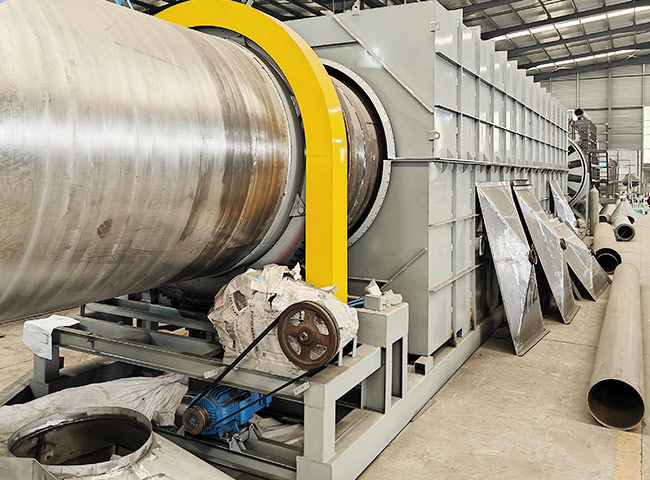 Posted: 2025-01-08
Posted: 2025-01-08
Carbonisation furnace carbonisation is the decomposition of solid organic matter through high temperature heating under oxygen-free atmosphere conditions. Evaporator moisture. Thus carbonisation decomposition of organic matter made of charcoal.
-
 Posted: 2025-01-07
Posted: 2025-01-07
important role in modern environmental protection and sustainability. With the growing global demand for green building materials. Carbonisation technology is an efficient and environmentally friendly way to treat wood. It has therefore received widespread attention and recognition from the industry.
-
 Posted: 2025-01-06
Posted: 2025-01-06
In the current industrial era of environmental protection and high efficiency. Continuous carbonisation furnace can produce high quality activated carbon. It is widely used in: agriculture, recycling, chemical industry, metallurgy, environmental protection, energy, medical and health…
-
 Posted: 2025-01-04
Posted: 2025-01-04
It will cause some pollution to the environment and soil. Sludge carbonisation furnace is a modern and efficient environmental protection equipment. It plays an important role in the field of sludge carbonisation.
-
 Posted: 2025-01-02
Posted: 2025-01-02
Coconut shells can be carbonised at high temperature through the coconut shell carbonisation furnace. Thus generating a finished product of coconut shell charcoal. Coconut shell charcoal can be used as a fuel and can release stable heat.
-
 Posted: 2024-12-31
Posted: 2024-12-31
Continuous carbonisation furnace is an important equipment as biomass energy source. It plays a vital role in environmental protection and energy saving. Continuous carbonisation furnace has the advantageous features of high efficiency production.
 Double Shaft Shredder Machine
Double Shaft Shredder Machine
 Single Shaft Shredder Machine
Single Shaft Shredder Machine
 Four Shaft Shredder Machine
Four Shaft Shredder Machine
 Tyre Shredder Machine
Tyre Shredder Machine
 Metal Shredder Machine
Metal Shredder Machine
 Wood Shredder Machine
Wood Shredder Machine
 Plastic Shredder Machine
Plastic Shredder Machine
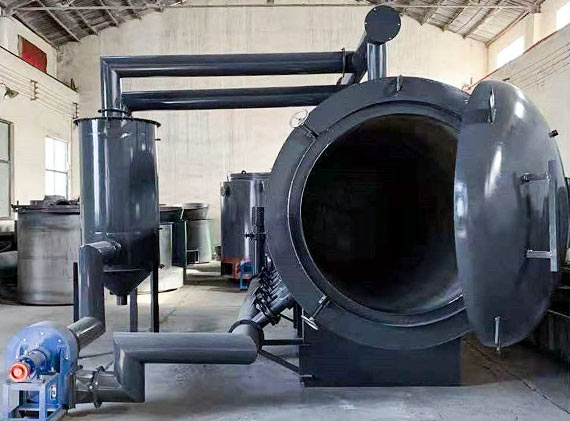 Horizontal Carbonisation Furnace
Horizontal Carbonisation Furnace
 Wood Charcoal Carbonisation Furnace
Wood Charcoal Carbonisation Furnace
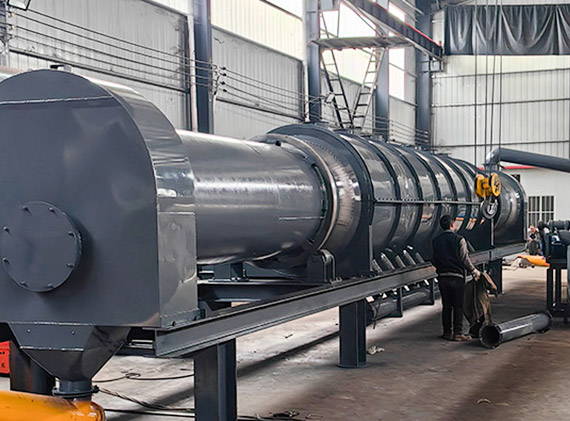 Waste Carbonisation Furnace
Waste Carbonisation Furnace
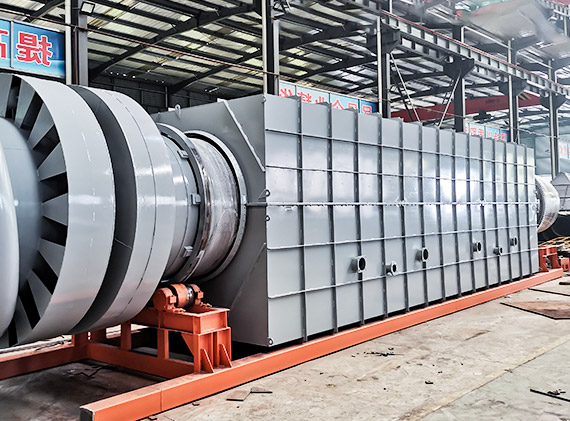 Sludge Continuous Carbonisation Furnace
Sludge Continuous Carbonisation Furnace
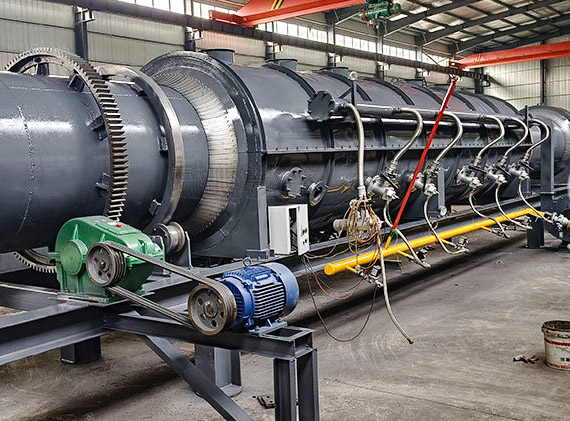 Biomass Carbonisation Furnace
Biomass Carbonisation Furnace
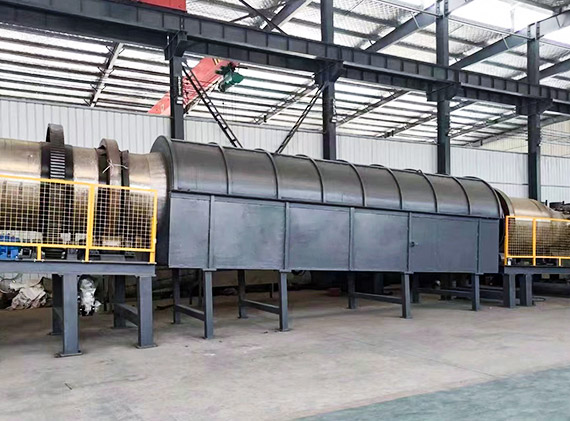 Coconut Shell Carbonisation Furnace
Coconut Shell Carbonisation Furnace
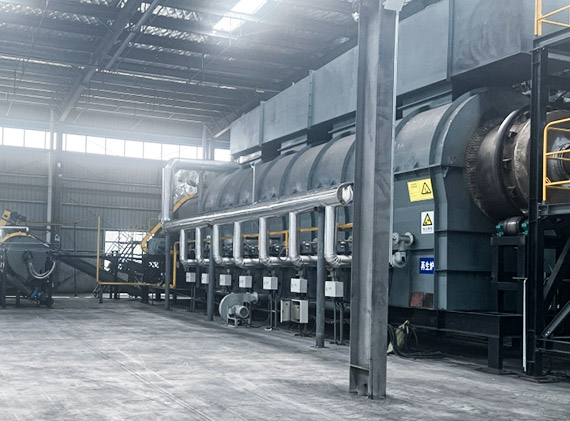 Continuous Carbonisation Furnace
Continuous Carbonisation Furnace


 Jaw Crusher
Jaw Crusher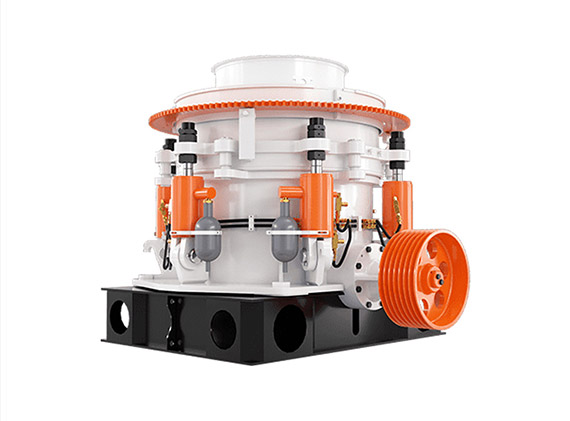 Cone Crusher
Cone Crusher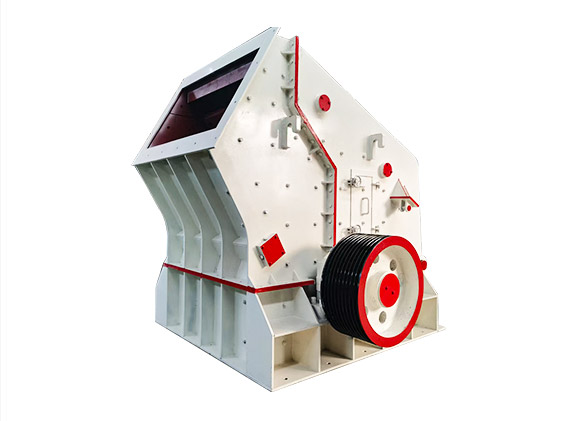 Impact Crusher
Impact Crusher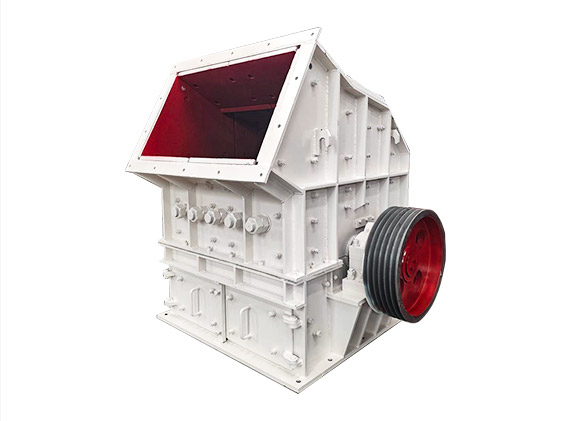 Hammer Crusher
Hammer Crusher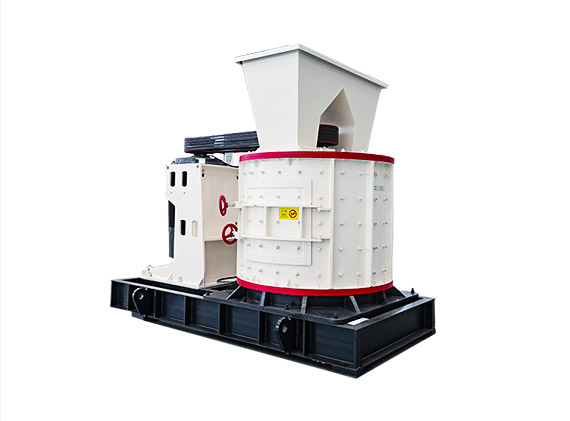 Impact Mill Crusher
Impact Mill Crusher Roll Crusher
Roll Crusher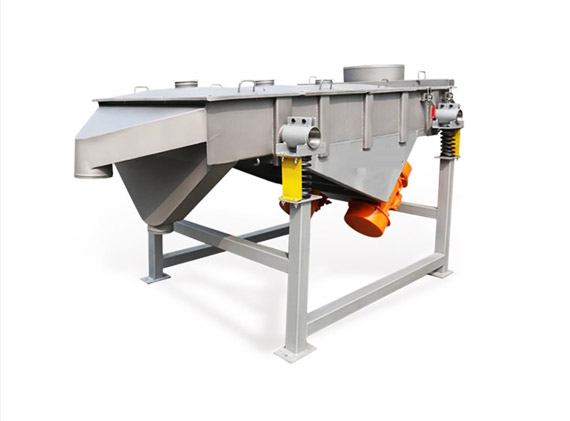 Linear Vibrating Screen Machine
Linear Vibrating Screen Machine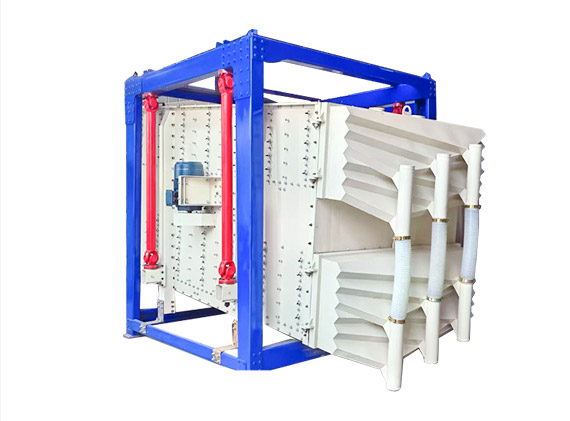 Swing Screen Machine
Swing Screen Machine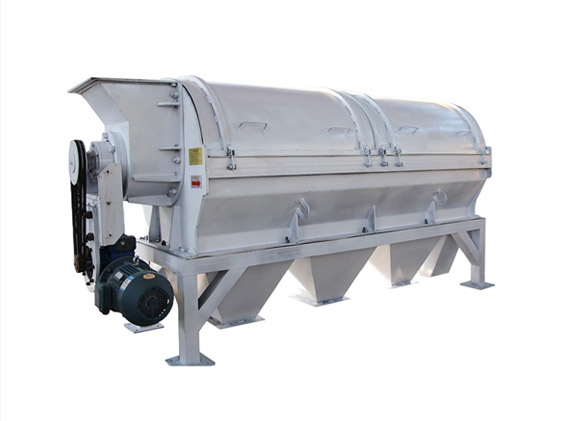 Tumbler Screen Machine
Tumbler Screen Machine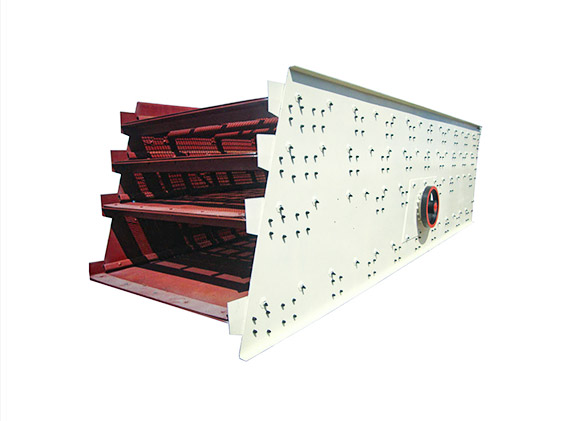 Circular Vibrating Screen
Circular Vibrating Screen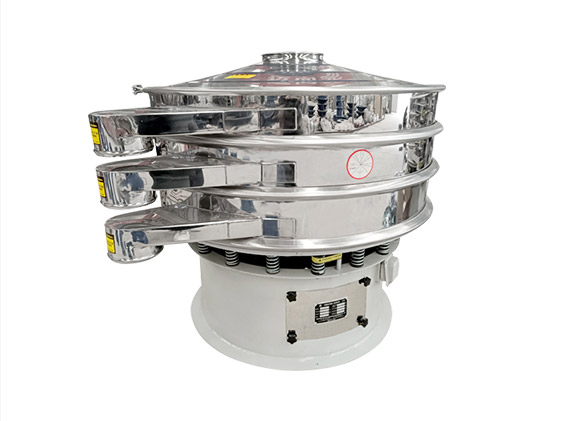 Cylindrical Rotary Vibrating Screen
Cylindrical Rotary Vibrating Screen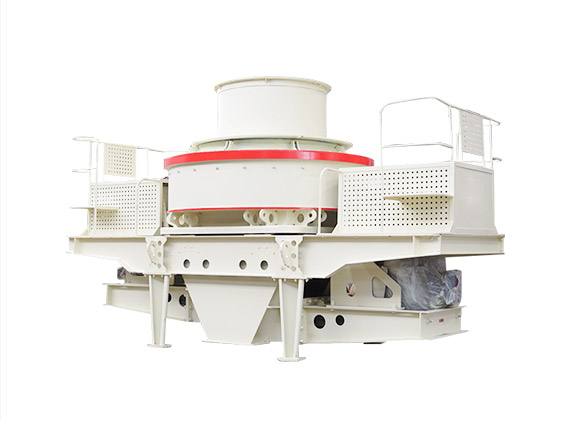 Sand Making Machine
Sand Making Machine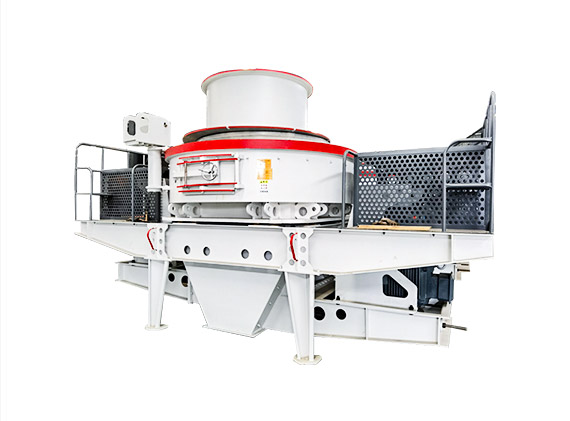 VSI Sand Making Machine
VSI Sand Making Machine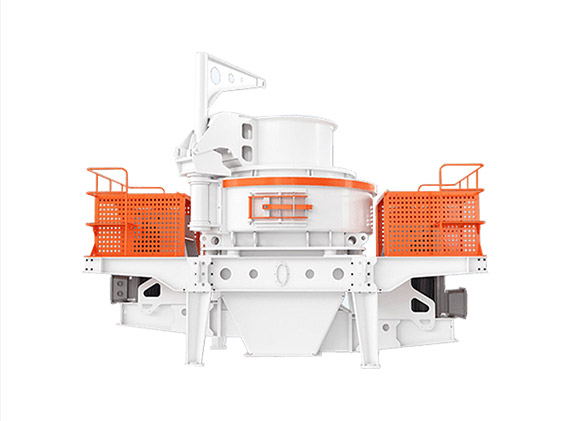 Impact Sand Making Machine
Impact Sand Making Machine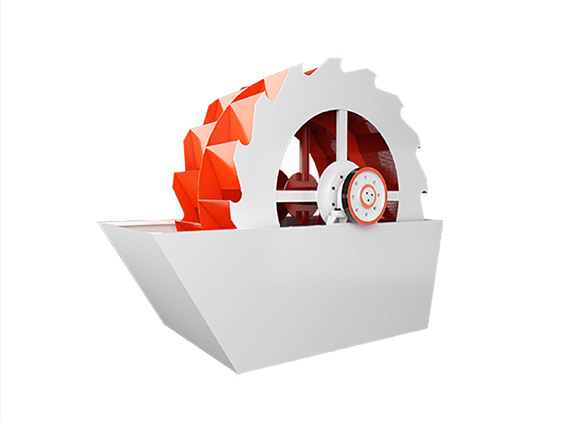 Sand Washing Machine
Sand Washing Machine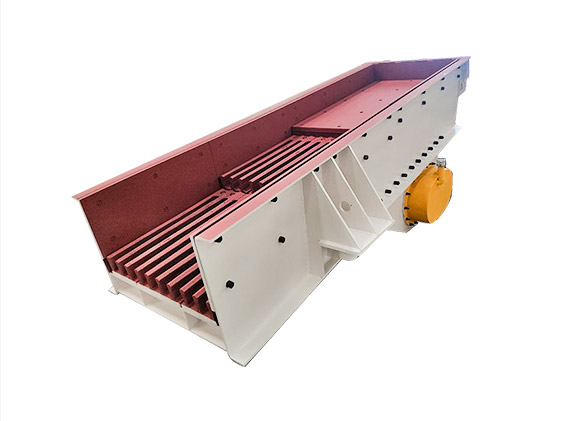 Vibrating Feeder
Vibrating Feeder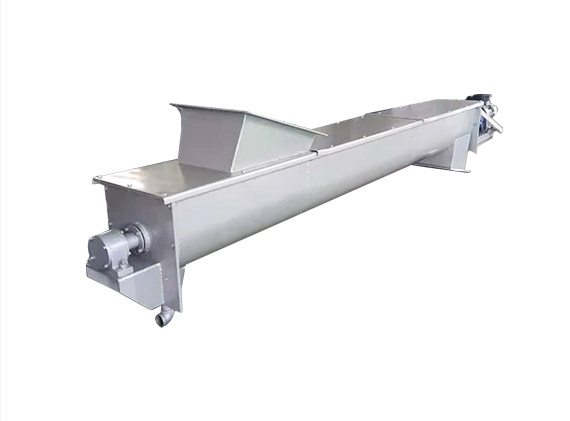 U-Shape Screw Reamer
U-Shape Screw Reamer Belt Conveyor
Belt Conveyor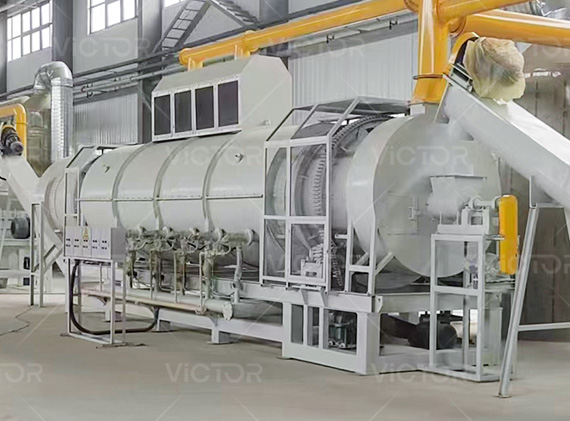 Biomass Pyrolysis Furnace
Biomass Pyrolysis Furnace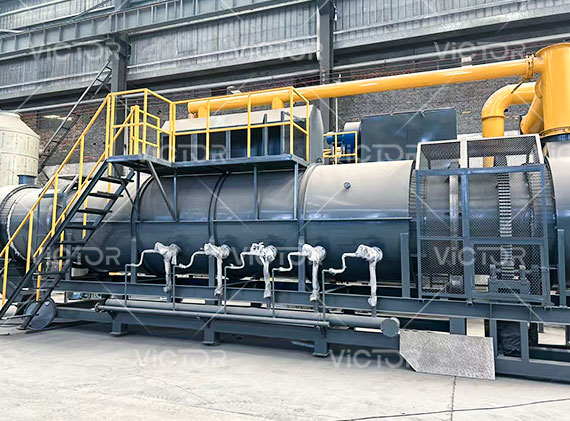 Lithium Battery Recycling Pyrolysis Furnace
Lithium Battery Recycling Pyrolysis Furnace Solar PV Panel Recycling Pyrolysis Furnace
Solar PV Panel Recycling Pyrolysis Furnace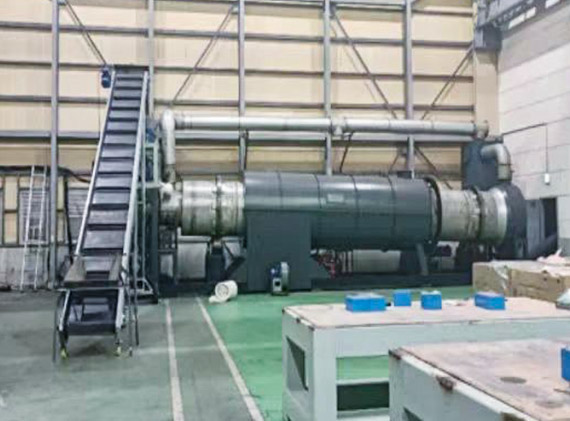 PCB Recycling Pyrolysis Furnace
PCB Recycling Pyrolysis Furnace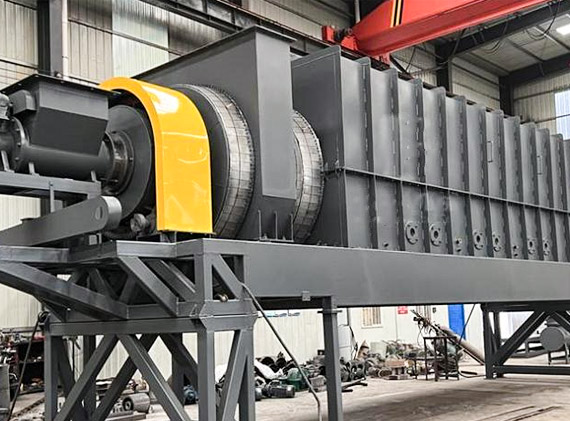 Carbonization Paint Removing Furnace
Carbonization Paint Removing Furnace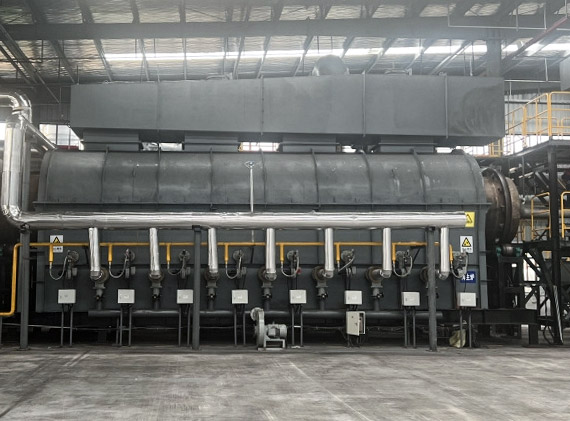 Capacitor Continuity Pyrolysis Furnace
Capacitor Continuity Pyrolysis Furnace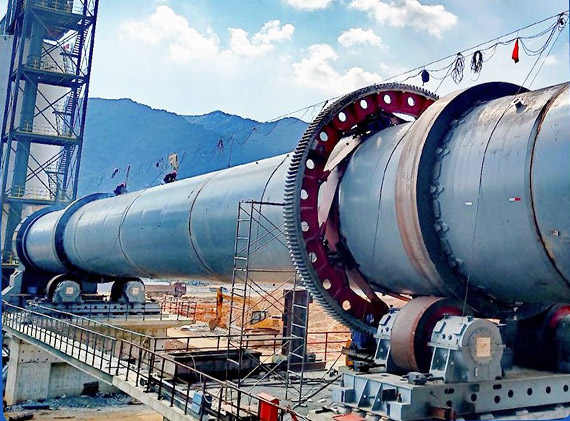 Rotary Kiln
Rotary Kiln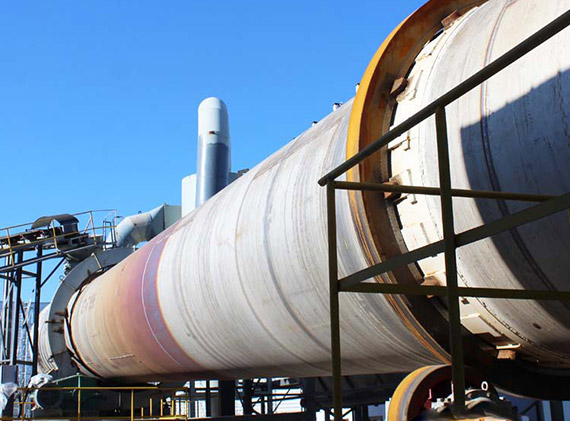 Waste Incineration Rotary Kiln
Waste Incineration Rotary Kiln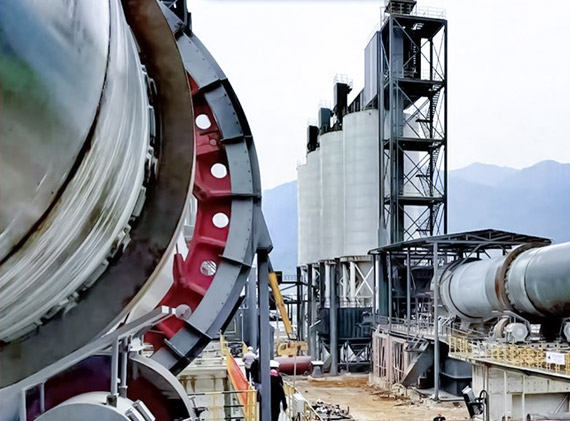 Metallurgical Rotary Kiln
Metallurgical Rotary Kiln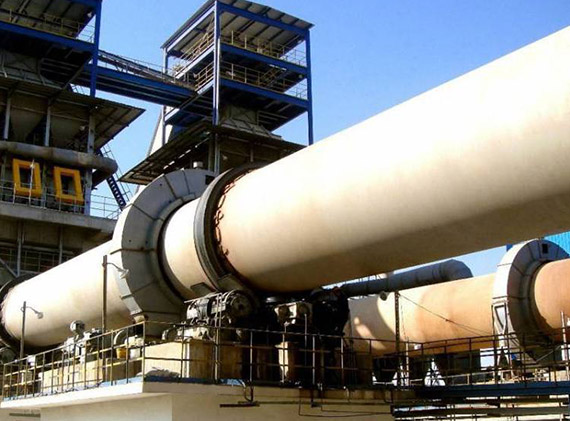 Cement Lime Rotary Kiln
Cement Lime Rotary Kiln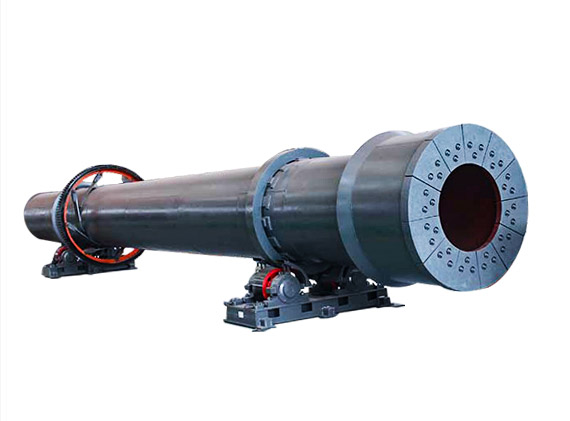 Rotary Drum Dryer Furnace
Rotary Drum Dryer Furnace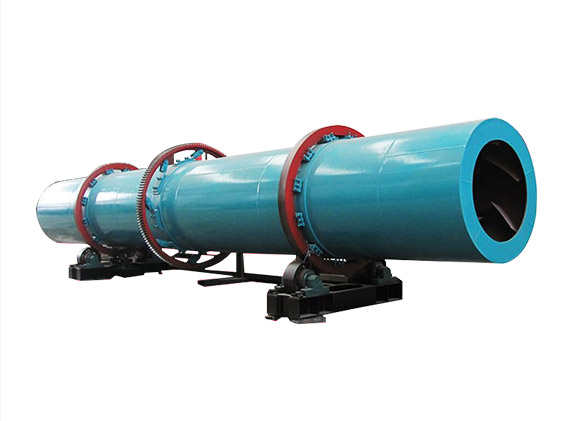 Drum Drying Dryer Furnace
Drum Drying Dryer Furnace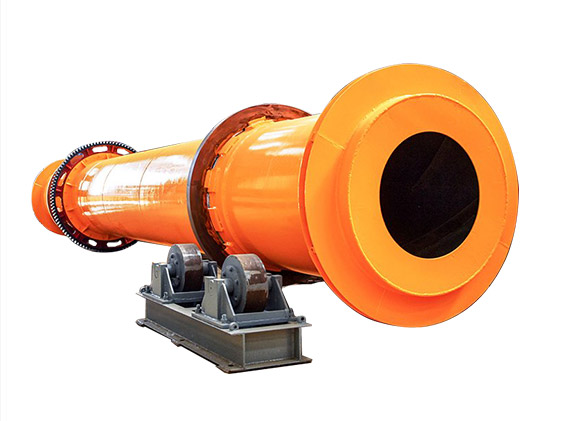 Industrial Dryer Furnace
Industrial Dryer Furnace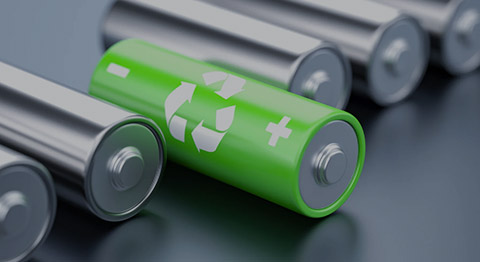 Lithium Battery Recycling Plant
Lithium Battery Recycling Plant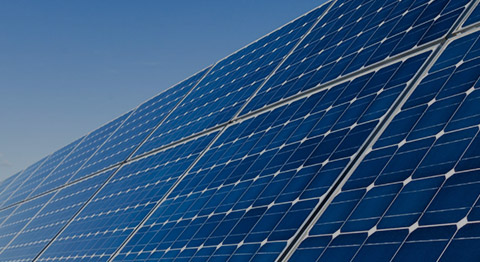 Solar Photovoltaic Panel Recycling Plant
Solar Photovoltaic Panel Recycling Plant PCB Circuit Board Recycling Plant
PCB Circuit Board Recycling Plant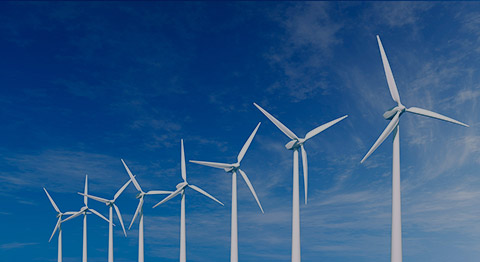 E Waste Recycling Plant
E Waste Recycling Plant Blog
Blog Company Blog
Company Blog Knowledge
Knowledge FAQ
FAQ



















